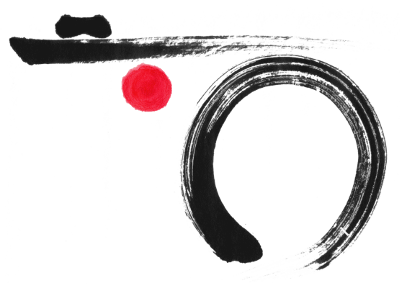In continuation of my previous entry on the Vintage Photograph, here is Part II:
The case for giving special consideration to the vintage print is straightforward and logical. Consider that until only a few years ago, there were very, very few collectors and no photography market to speak of. Until very recently there was no reason for a photographer to print multiple prints of the same image? He might print a couple to swap or give to close friends, fellow photographers, or on occasion send out in lieu of a Christmas card.
Following the argument that the vintage photograph is as close to the original vision of the photographer, the vintage photograph is the panacea of collecting. Add to that the fact that there was no photography market until very recently, there are no more than a small handful of any given photograph. More often than not, vintage photographs will be small in size. They were easy to send, or give away, so the most likely size of a vintage photograph is 8″ x 10″ or smaller. This is the real deal.
The source for vintage material is often the photographer directly. But just as often the source is wherever a photographer might have sold his work, a commission for a magazine, a company, or a person sitting for a portrait.
It is not that long ago that a career photographer would simply send over a print with the original negative to whomever gave the assignment, and that would be it, as far as the photographer was concerned. As a result, many now-defunct publications and newspapers had filing cabinets full of original prints and negatives sitting in a dark basement or storage room. Some photographs are lost forever, known only from the magazine or newspaper where they appeared. Some were picked from the dumpsters by what now must be seen as very wise and foresightful people. Some were sold in bulk to junk dealers, antiquarians, or antique stores. Wherever they went, they never seemed to make it back to the photographer. These are the true vintage photographs.
Some large publications – which shall remain nameless – tried to sell photographs they had in their archives. With the market for photography going up dramatically over the past two or three decades, I am sure you can imagine the CFO getting wind of the goldmine sitting in the old filing cabinets in the basement. However, seller beware; a number of publications have been sued successfully by photographers for not returning material to them after use. So far, living artists have been more successful than estates in winning these types of cases, and I am sure many more battles will be fought before it finds an equilibrium.
Giving strength to the photographers’ claim to their rightful property is the famous Magnum Photos cooperative. The cooperative was founded by some of the greatest photographers of the 20th century, and changed how photography is treated by the media. As a first, Magnum photographers retained the rights to a given image and licensed the media to a single use of a photograph by way of a contract, forever changing the value of the photograph and limiting its use. Magnum changed the balance of power between the publication and the photographer.
But back to the case for the Vintage Photograph….. The price of a vintage print by Edward Weston can go into the mid-six-figures, whereas the prints from the same negative printed by his son Cole will be in the four- or low-five-figure range. Edward Weston watched Cole print, he approved the prints, however to the purist, they are just not the same. There is no contest.
If you find a good image in a garage sale, flea market or antique store, give it a good look, see if it is stamped and maybe even has a scribble on the back, and you may have a small or even a large jewel for your collection. Always look for vintage first. It is the photograph in its purest form.
Harbel



